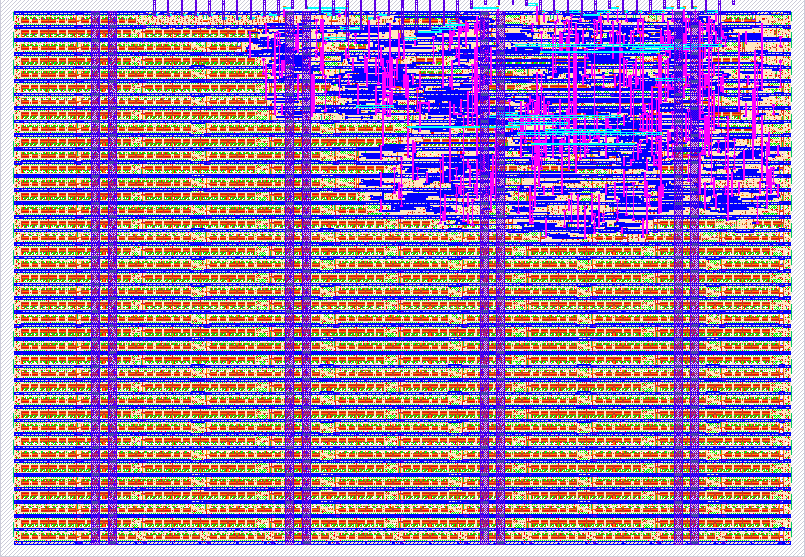802 Mastermind
802 : Mastermind

- Author: Unt-C
- Description: Epiiiiic game recreating the classic Mastermind
- GitHub repository
- Open in 3D viewer
- Clock: 100000 Hz
How it works
A simple random number generator assigns random values for the correct "colors" which are then compared to the guesses that the users have made to determine how many "colors" are correct and in the correct position (referred to as correct) as well as how many "colors" are correct but in the wrong position (referred to as half correct).
How to test
Start the program by resetting. Proceed by guessing the correct "color" by guessing four (zero through three) 3-bit binary numbers, then comparing them to the right answers by pressing submit. There are 16 turns to guess the correct "color" combination. You get hints by knowing how many "colors" are correct and how many "colors" are half correct. When the turns counts down to zero, you lose and have to manually reset to be able to play another round.
External hardware
The game is best enjoyed by connecting seven-segment displays to the outputs of correct, half correct and turns.
IO
| # | Input | Output | Bidirectional |
|---|---|---|---|
| 0 | zero_0 | correct_0 | two_2 |
| 1 | zero_1 | correct_1 | three_0 |
| 2 | zero_2 | correct_2 | three_1 |
| 3 | one_0 | half_correct_0 | three_2 |
| 4 | one_1 | shalf_correct_1 | submit |
| 5 | one_2 | half_correct_2 | turns_0 |
| 6 | two_0 | turns_3 | turns_1 |
| 7 | two_1 | turns_2 |